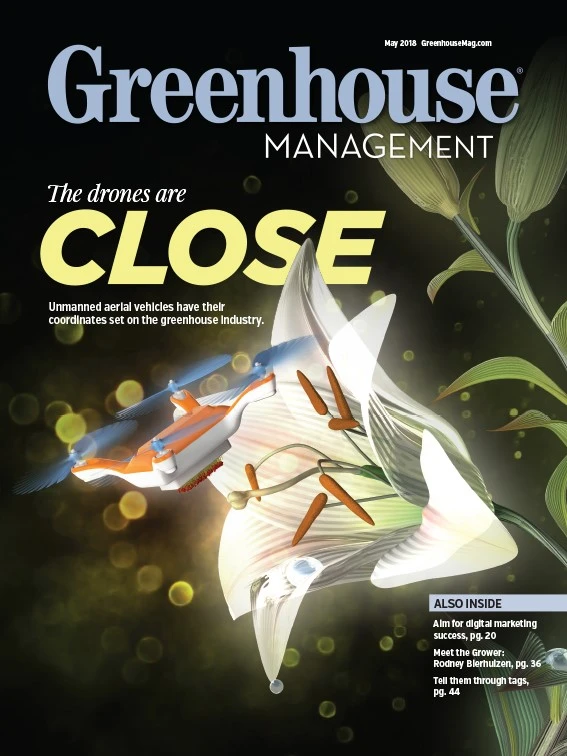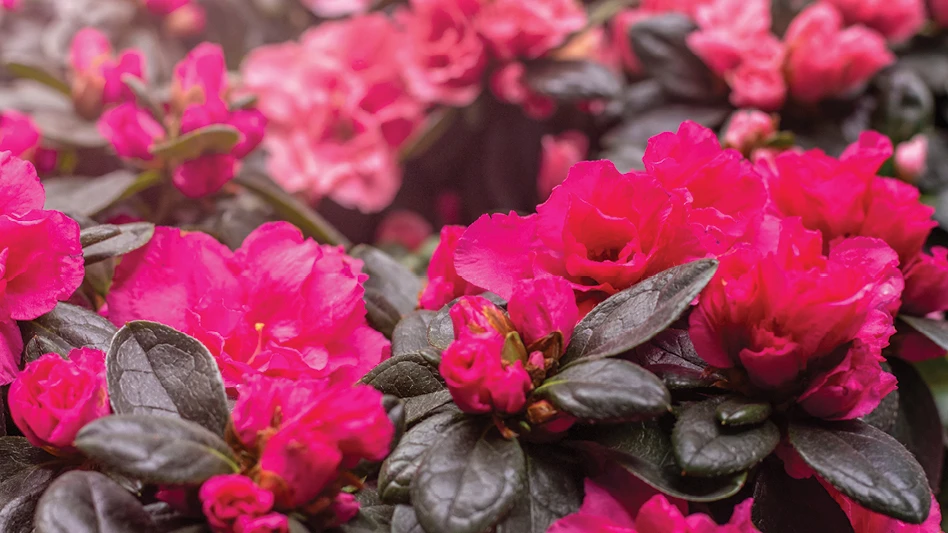
With staffing challenges threatening labor-intensive greenhouse production, automation offers a solution to reduce employment costs, increase efficiency and maximize existing staff — while providing valuable business insights. Paul Whiting, president of greenhouse automation manufacturer Bouldin & Lawson, explains how the right equipment can impact operations.
Greenhouse Management: What problems can automation solve for greenhouses?
Paul Whiting: Typically, we see the need to improve efficiency, which is driven by the need to meet production goals with limited growing cycles. Young plants can only be held for so long, finished trays need to be planted to meet ship dates, and space needs to be cleared for the next crop. Automation can speed up production and take out the guesswork.
GM: What are the latest developments in greenhouse automation?
PW: We can now more accurately monitor amendment additions in soil mixing; tray and pot fillers are not only faster, but quicker to change over and fill more uniformly; and transplanters have become much more adaptable. Some newer automation is developing around labor-intensive pot and tray separation prior to filling. Not only is this job intense at peak production times, but a lot of labor is tied up maintaining flow. We continue to work on machines that can reduce labor input by 50 percent for this task.
GM: What kind of greenhouse benefits most from automation?
PW: All greenhouses can benefit from some level of automation. Small to moderate operations can improve quality and speed of pot and tray filling or convey product in and out of greenhouses to save time. Larger greenhouses can benefit from fully automated production lines, from soil mixing to high-production filling and planting. These systems are now fully integrated — they monitor raw materials and batches mixed, and compare them to the number of pots and trays planted per hour/day/week/season to give continual production feedback in real-time.

GM: What’s your advice for greenhouses considering automation?
PW: The important thing is to purchase the right piece of equipment: Too small a capacity, you may fail to reach your goal or not allow for future growth. Too large may take more space than necessary or not yield ROI. We have resources to help assess how automation can impact your business, and an experienced staff who can give you feedback as you consider cost savings along with purchase expense.
GM: What does the future of greenhouse automation look like?
PW: With the advent of all the new technology available today that continues to advance, we will see more smart controls and circuitry included in equipment. This will connect with our computers, tablets and smart phones for continual updates of production information. Not only will you be able to see if product flow is matching expectations, you will also be able to see potential maintenance issues as they happen, allowing for quick resolution. — Interviewed by Brooke Bilyj

Explore the May 2018 Issue
Check out more from this issue and find your next story to read.
Latest from Greenhouse Management
- Growing enlightened
- American Floral Endowment awards 17 organizations $60,700 in educational grants
- Floral businesses invited to join Society of American Florists' Petal It Forward event in October
- Bioline AgroSciences acquires Viridaxis to strengthen leadership in aphids biocontrol
- Ryley Leech joins JumpLights as vice president of sales
- Meet the Retailers' Choice Awards from 2025 Farwest Show
- Added value
- National Garden Bureau announces featured crops for 2026 'Year of the' program






